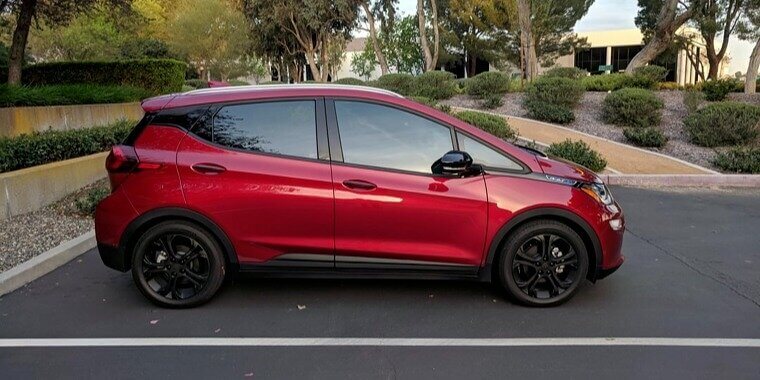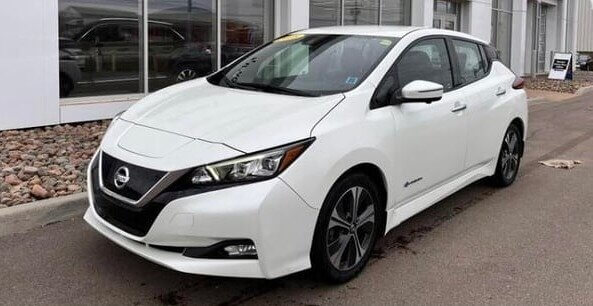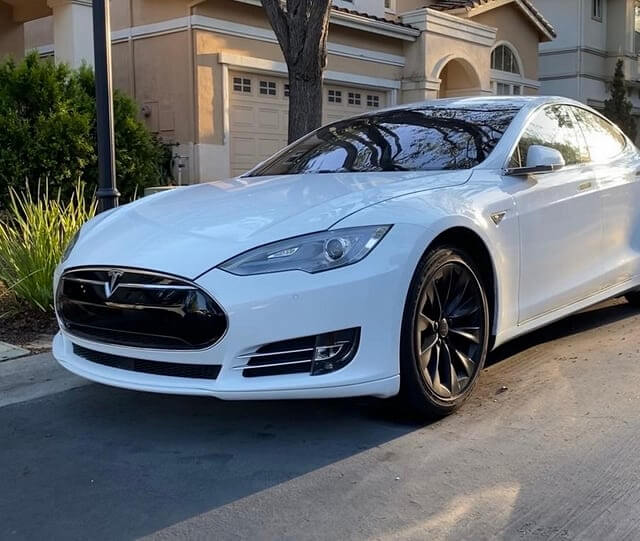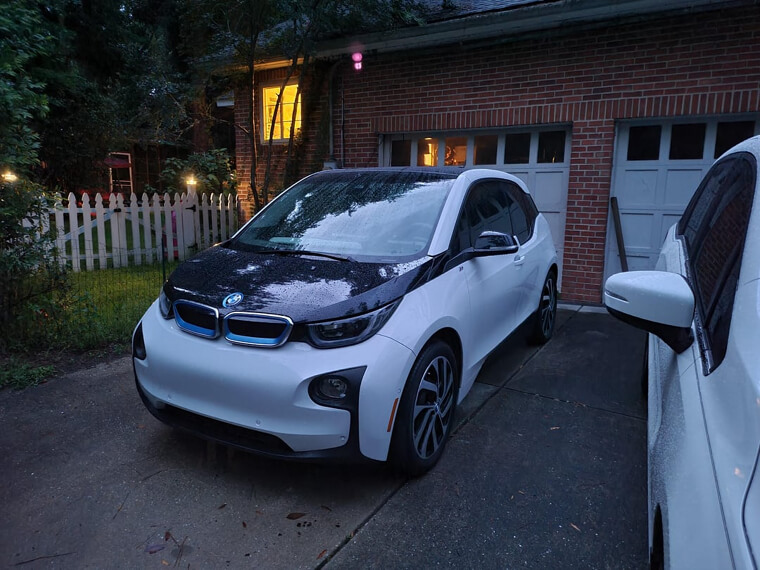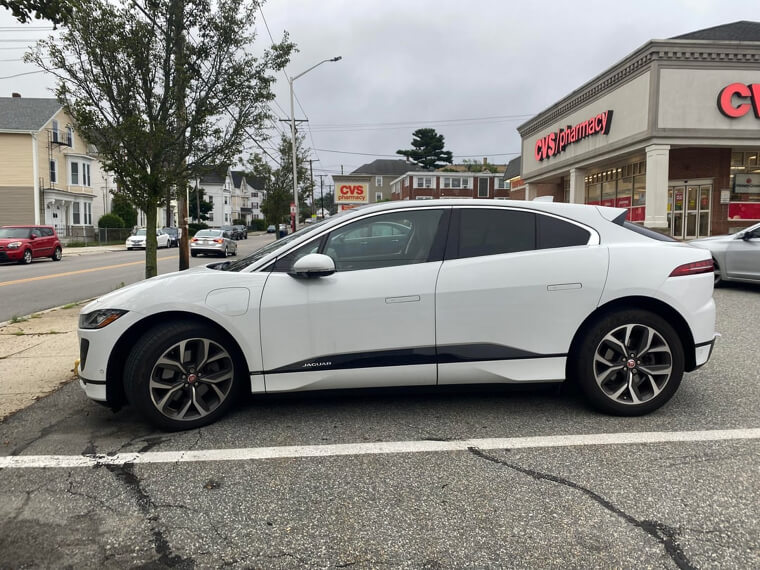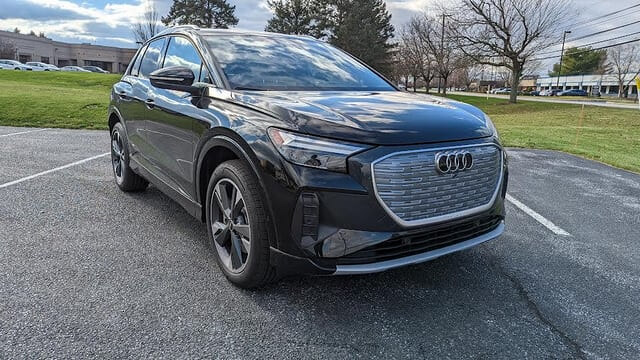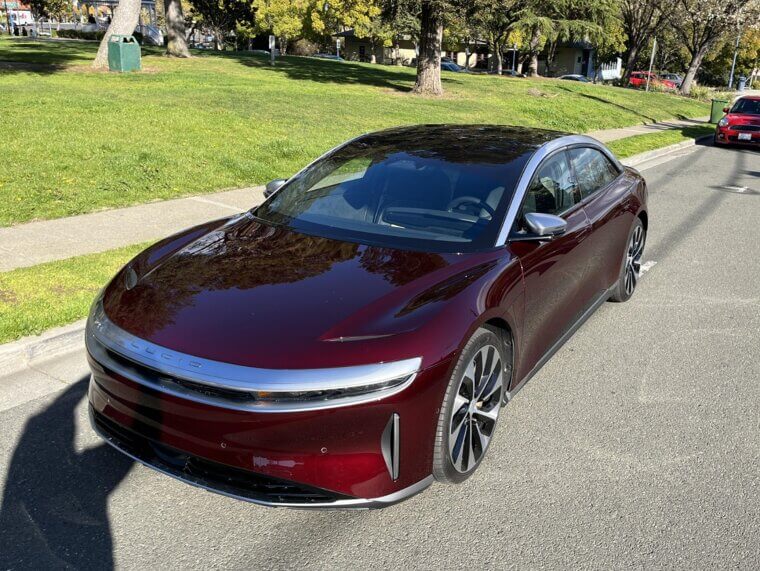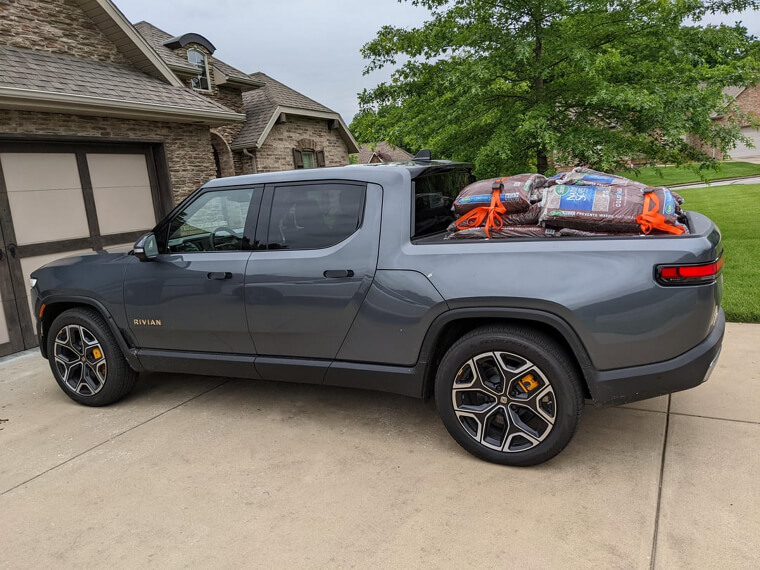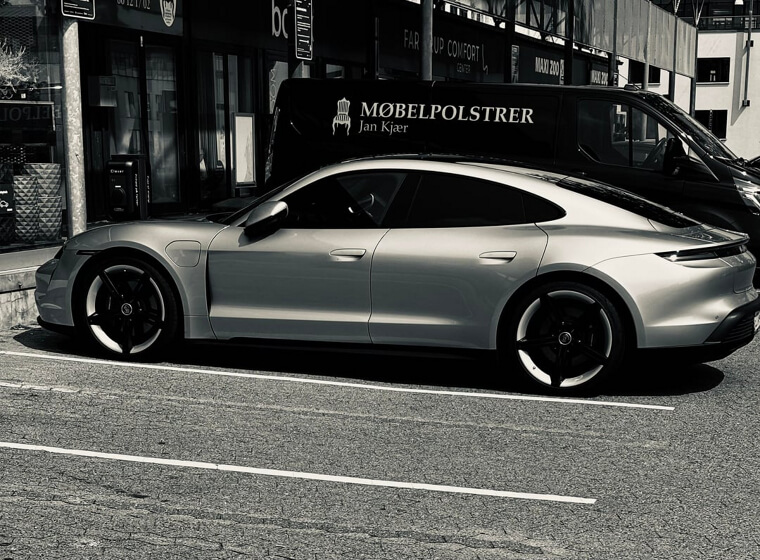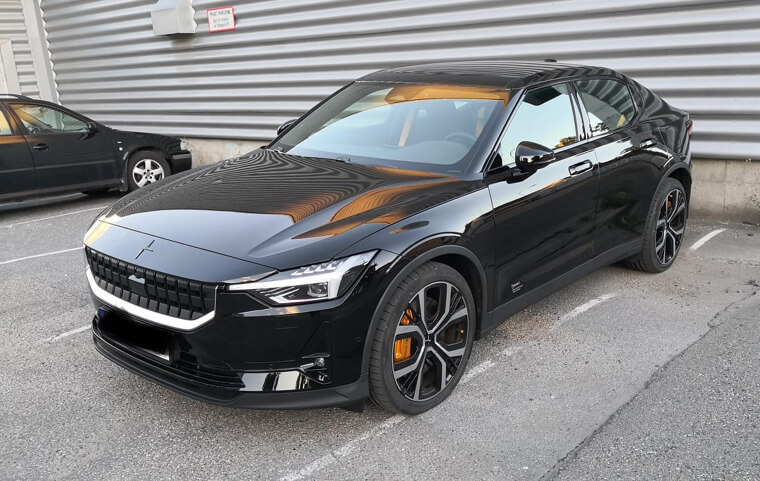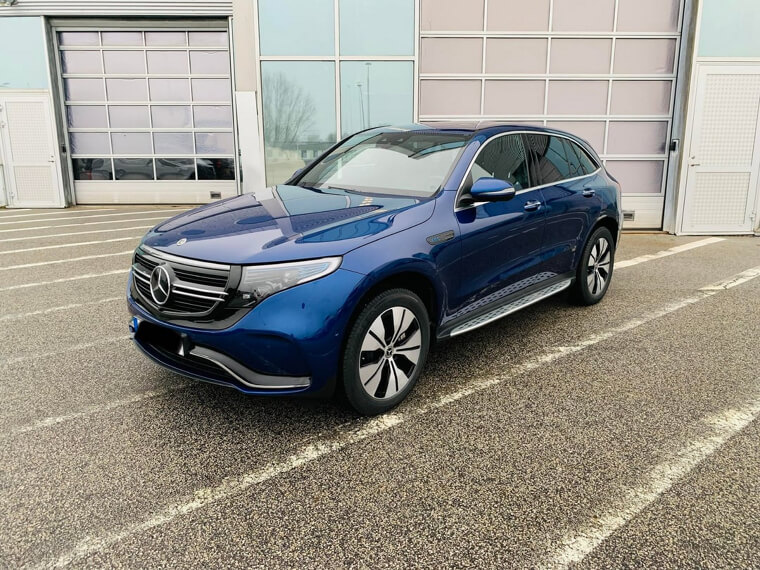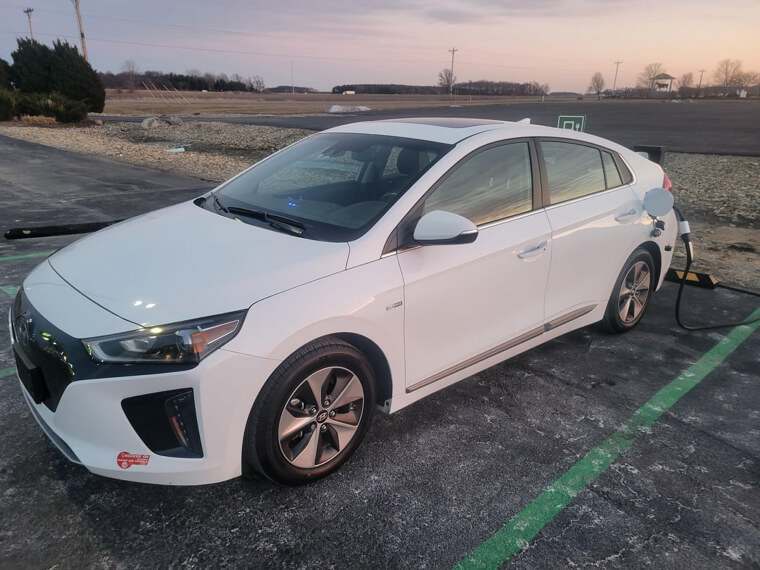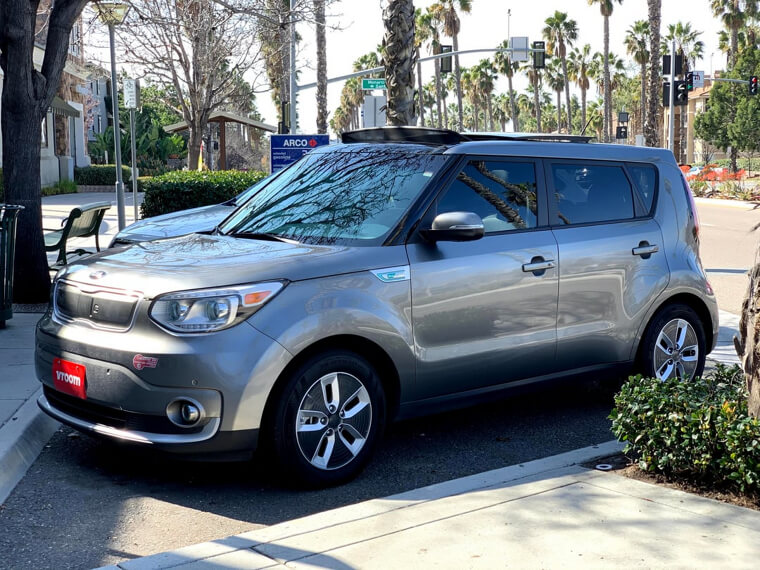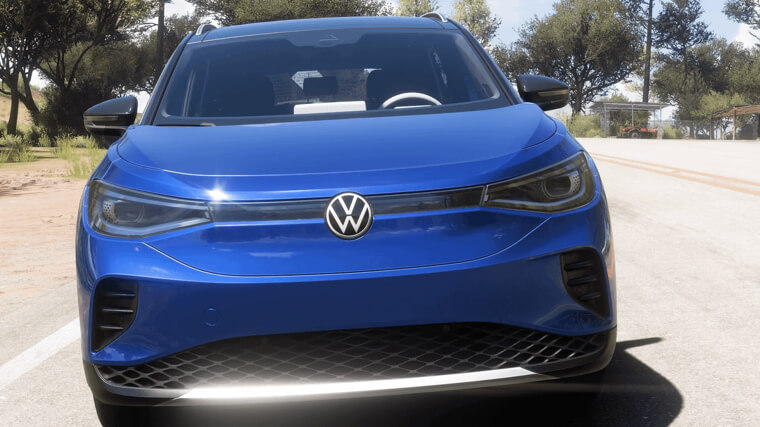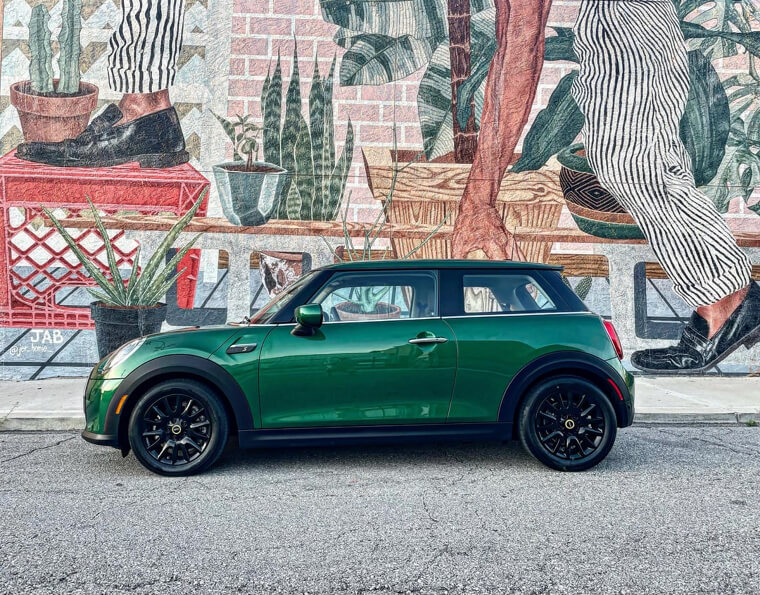Chevrolet Bolt EV
The Chevrolet Bolt EV earned praise when it debuted for offering long range at a reasonable price, but that early success has not translated into lasting value. Recurring battery recall campaigns, software glitches, and strong competition have damaged its resale reputation. Newer EVs can now travel farther, charge faster, and come with better warranties. Buyers who once saw the Bolt as a bargain are now hesitant, especially after reports of battery fires and limited service availability in some areas. Many used Bolts now sell for less than half of their original cost within a few years of ownership. Despite its fun driving feel and compact practicality, its rapid depreciation shows that even affordable EVs are not immune to market shifts. The combination of safety concerns and constant innovation in the electric segment has left early Bolt owners holding onto cars that no longer command the confidence or value they once did.
Nissan Leaf
The Nissan Leaf was once the electric car that convinced everyday drivers to go battery-powered, but time has not been kind to its resale value. Early versions offered limited range and slow charging speeds, which now make them feel outdated next to newer EVs. Buyers in 2025 can find plenty of used Leafs, but demand is weak because newer models from Tesla, Hyundai, and Chevrolet outperform it in every category. Battery degradation is another major issue. Even if a Leaf has been well maintained, its usable range often drops below 70 miles after several years. While it is cheap to operate, the low resale price offsets those savings. For many owners, the Leaf has proven to be an affordable commuter rather than a long-term investment. In the used market, it remains one of the least valuable electric vehicles, illustrating how fast technology moves and how quickly yesterday’s innovation can lose its financial appeal.
Tesla Model S (early Models)
The Tesla Model S redefined performance and range in the luxury electric segment, but its older versions have lost value quickly. Tesla’s continuous hardware and software updates mean that new cars always feel significantly improved. Buyers who can afford a used Model S often stretch their budgets for a newer one with better battery life, faster charging, and enhanced Autopilot features. Maintenance for older Teslas can be costly, especially for batteries and drive units that are out of warranty. The repair network is also stretched, causing delays that frustrate second-hand buyers. Even though the Model S remains one of the fastest and most recognizable EVs on the road, its early generations now feel dated in technology and range. Luxury buyers tend to expect cutting-edge performance, and the rapid progress in EV development has left older Model S owners facing depreciation levels rarely seen in vehicles that once cost six figures.
BMW I3
The BMW i3 entered the market as one of the most innovative electric vehicles of its time, built with lightweight carbon-fiber materials and futuristic styling. Unfortunately, its small size, short range, and unconventional looks have limited its resale appeal. While environmentally friendly, it was never particularly practical for long drives or families. As newer EVs appeared with double the range and faster charging, the i3’s value dropped steeply. Replacement parts and specialized maintenance can be expensive because of its unique design and materials. This combination of limited practicality and high upkeep costs has kept used prices low. For city driving, it remains a distinctive and enjoyable option, but buyers seeking value often skip it for something more versatile. The i3 stands as a reminder that innovation does not always equal long-term worth, especially when newer models offer greater convenience and range for similar prices.
Jaguar I-PACE
The Jaguar I-PACE debuted with strong reviews for design and driving dynamics, but depreciation has been a sore spot. As the first fully electric Jaguar, it faced reliability issues that hurt its reputation. Some owners reported problems with software, infotainment systems, and charging performance. The I-PACE’s high purchase price and limited range compared to competitors made it harder to justify on the used market. Repairs can be costly, and the dealer network for electric models remains small. These factors combine to create one of the steepest value drops in the luxury EV category. While still praised for handling and comfort, the I-PACE struggles to attract used buyers who can find newer models with better technology and longer range for the same price. For those who bought early, its quick decline in resale value has been an unpleasant surprise.
Audi E-Tron SUV
Audi’s e-tron SUV impressed buyers with its build quality and quiet ride, but it quickly fell behind as newer EVs entered the market. Early versions have limited range and slower charging compared to competitors from Tesla and Mercedes. The high original sticker price makes depreciation even more noticeable, with many used e-trons now selling for less than half their purchase cost. Maintenance and parts availability are also challenges, since some systems are unique to early production years. The e-tron remains comfortable and well-appointed, but in an industry moving so fast, it already feels dated. Buyers today can find EVs with greater range, more efficient batteries, and modern infotainment for similar prices. As a result, the e-tron has become a tough sell in the used market, serving as a cautionary tale for premium buyers who equate brand prestige with long-term value retention.
Lucid Air
The Lucid Air represents cutting-edge electric luxury, but resale trends show a steep drop in value. As a newcomer to the market, Lucid lacks the established brand loyalty that helps maintain resale confidence. Buyers remain unsure about long-term parts support and software updates. Even though the Air boasts exceptional range and performance, its used-market presence is limited and inconsistent. Dealers have been forced to offer large discounts to move unsold inventory, which drives down second-hand prices. Early owners face rapid depreciation as the brand fights to compete with larger, more recognized automakers. The Air is still admired for its craftsmanship, but financial uncertainty and brand infancy make it one of the fastest-depreciating electric luxury sedans. It shows that even technically brilliant cars can struggle to hold value when public trust and widespread infrastructure have yet to fully develop.
Rivian R1T
The Rivian R1T launched to massive hype as the first adventure-ready electric pickup truck, but its resale performance has not lived up to expectations. As production scaled up and newer electric trucks entered the market, early resale prices fell sharply. Buyers who paid a premium to get one of the first deliveries now find their trucks worth far less than they anticipated. Reliability concerns and limited service centers have added to the depreciation. Software updates can fix some issues, but owners report long wait times for parts. The R1T remains a capable and innovative truck, yet it has proven that first-generation electric models often lose value as manufacturers work through growing pains. With Ford and Tesla entering the EV pickup market, competition is fierce. Rivian’s early customers are learning that innovation alone does not guarantee strong resale performance.
Porsche Taycan (early Models)
The Porsche Taycan set new standards for electric performance and quality, but its earliest versions have depreciated faster than expected. Later models feature better battery management and longer range, which makes the first editions less desirable. The Taycan’s expensive options also hurt resale since buyers rarely pay extra for those features used. High maintenance costs and limited charging infrastructure in some areas further reduce appeal. Owners who bought early paid top dollar for technology that improved significantly within two years. While it remains an incredible driver’s car, the used market is unforgiving toward early adopters. Many Taycans now sell for far less than comparable gas-powered Porsches, which typically hold value better. The Taycan’s experience shows how quickly rapid innovation can undermine resale confidence even in premium vehicles.
Polestar 2
The Polestar 2 brought Scandinavian design and Volvo engineering to the EV world, yet resale data shows it depreciates quickly. The main issue is brand recognition. Many buyers are still unfamiliar with Polestar, and limited dealership coverage adds uncertainty about long-term maintenance. Although it offers solid performance and quality materials, the Polestar 2 faces fierce competition from Tesla, Hyundai, and BMW. Its range is decent but not class-leading, which further limits demand. Used buyers often prefer more established brands with better charging networks and resale histories. As newer versions arrive with improved efficiency, earlier Polestar 2 models have dropped in value faster than expected. For a car positioned as a premium competitor, its quick depreciation has surprised many owners who expected Volvo’s reputation to carry over more strongly into this electric offshoot.
Mercedes-Benz EQC
Mercedes entered the electric SUV market with the EQC, but its resale value has disappointed owners. The model arrived with modest range, heavy weight, and slower charging speeds than rivals. Buyers seeking electric luxury quickly shifted to newer EQ models or competitors from Tesla and BMW. The EQC’s complex systems make repairs expensive, and used buyers tend to avoid the potential maintenance risks. As a result, depreciation has been steeper than Mercedes’ traditional gas SUVs, which usually retain solid value. The EQC still delivers comfort and quietness, but its aging technology and limited range make it feel outdated. Owners who expected typical Mercedes resale performance have been surprised by how quickly the EQC’s value fell once it left showroom floors.
Hyundai Ioniq Electric (first Generation)
The first-generation Hyundai Ioniq Electric was efficient and affordable, but it lacked excitement and range. With less than 125 miles per charge, it cannot compete with today’s electric compacts. Buyers seeking used EVs prefer newer options that travel twice the distance. The Ioniq’s plain design and slow charging also reduce appeal. Although the car is reliable and inexpensive to maintain, its technological limitations make it feel obsolete. Depreciation has been steep, and resale prices continue to drop as Hyundai’s newer electric models gain popularity. Owners who bought early did enjoy low running costs, but financially, the Ioniq Electric has not held up. It highlights how rapidly progress in range and efficiency can turn a once-respected model into an afterthought in the used EV market.
Kia Soul EV
The Kia Soul EV has plenty of personality, but its short range and limited availability have hurt resale value. Early models were sold only in select states, making them rare but not necessarily desirable. Range estimates below 120 miles keep most used buyers away, especially when competing EVs can travel much farther. Even the newer versions face tough competition from the Kia Niro EV and Hyundai Kona Electric, both of which outperform it. Although the Soul EV is reliable and inexpensive to run, its resale prices remain far below those of similar gas-powered models. For many owners, the cheerful styling and practicality were not enough to offset the sharp depreciation that came with limited range and low demand.
Volkswagen ID. 4 (early Models)
Volkswagen’s ID.4 has gained traction as a mainstream electric SUV, but early examples have not held value well. Software issues and modest range compared to newer rivals have caused frustration among early adopters. Frequent over-the-air updates help, yet used buyers remain wary of glitches and battery performance. As Volkswagen introduces improved versions with longer range and better infotainment, first-generation ID.4s have lost a substantial portion of their resale value. While it remains practical and comfortable, the early ID.4 demonstrates the risks of buying into any EV lineup before the manufacturer fully refines its technology. For owners, depreciation has been faster than expected, putting it closer to the levels seen in luxury sedans rather than mainstream family SUVs.
Mini Cooper SE
The Mini Cooper SE captures attention with its playful design and sharp handling, but its limited range severely hurts resale value. With less than 120 miles per charge, it appeals mostly to city drivers, not long-distance commuters. That narrow appeal means demand on the used market is small. Buyers comparing it with similarly priced gas Minis often choose the latter for practicality and convenience. Even though the SE is affordable new, depreciation hits quickly once newer EVs with better range enter the market. The Mini’s charm remains undeniable, yet its electric version struggles financially. For many owners, the joy of zippy urban driving fades when they realize how little value their cheerful hatchback retains after only a few years of ownership.

